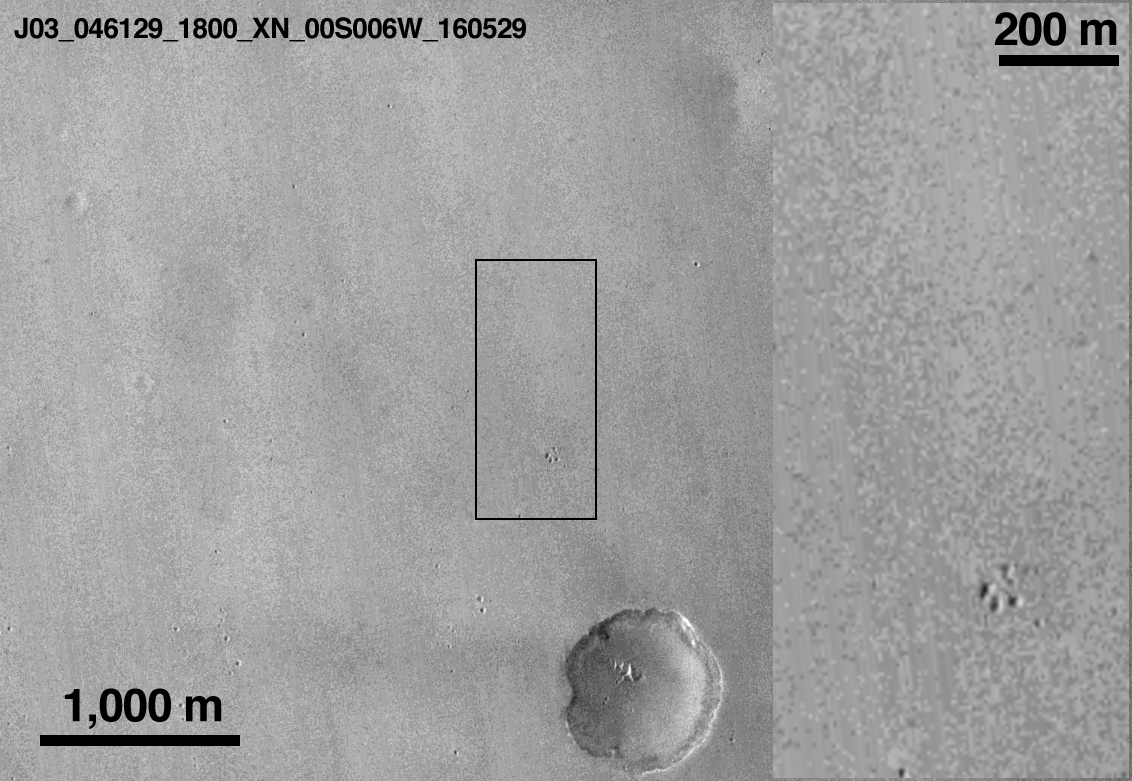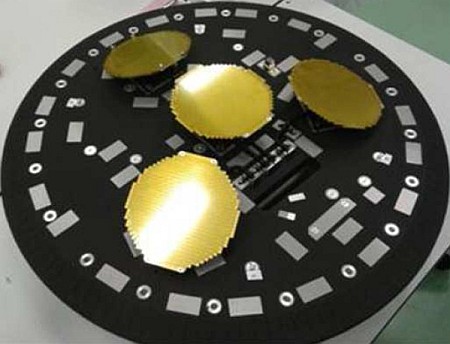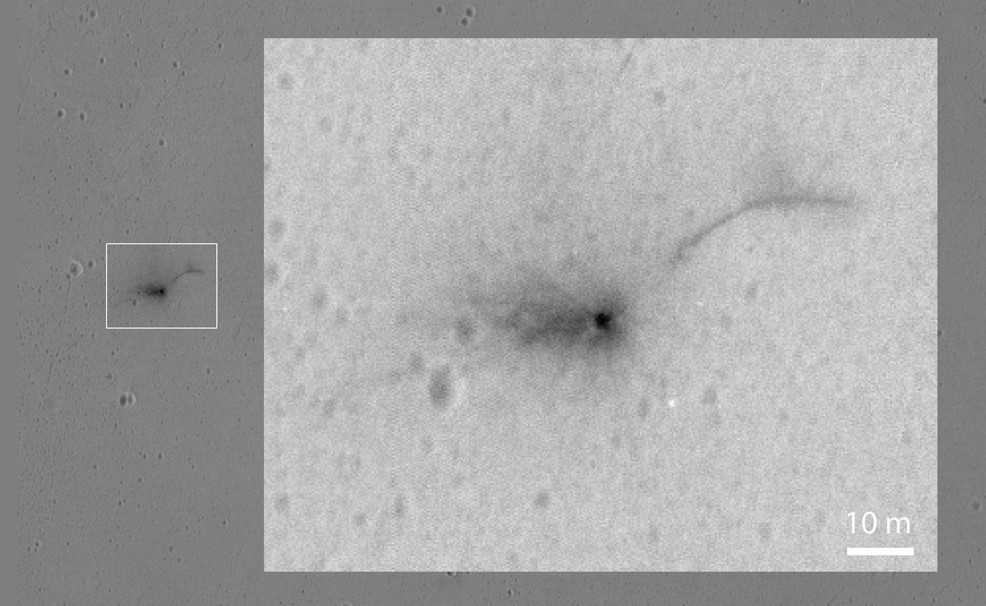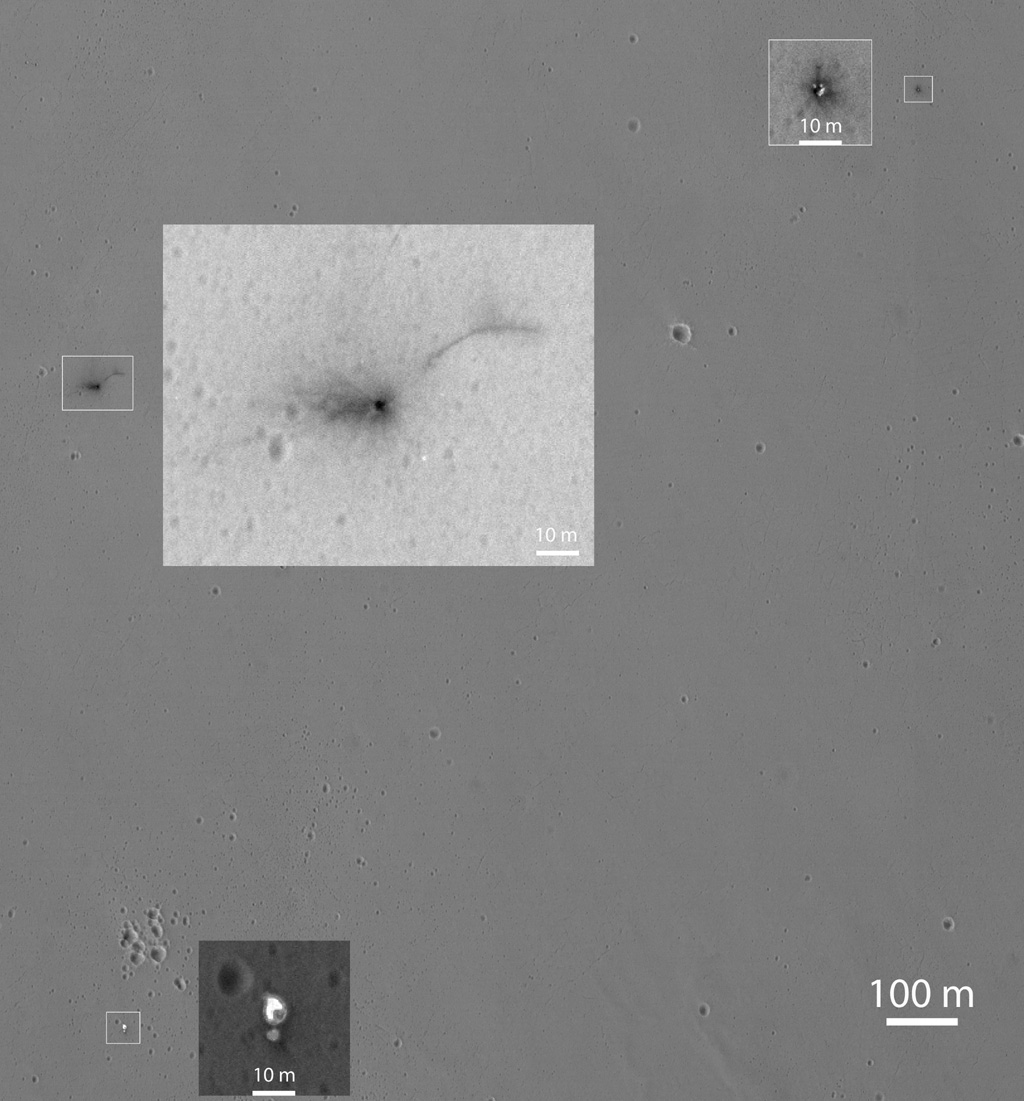Winston
Lorenzo von Matterhorn
- Joined
- Jan 31, 2009
- Messages
- 9,560
- Reaction score
- 1,748
Europe's Daring Mars Mission Prepares for Touchdown
https://www.space.com/34375-daring-mars-mission-prepares-for-touchdown.html
Mission photo collection:
https://www.flickr.com/photos/europeanspaceagency/albums/72157651339630276/with/25756253266/
Lander specs:
https://en.wikipedia.org/wiki/Schiaparelli_EDM_lander
[video=youtube;s3WCtJt46qU]https://www.youtube.com/watch?v=s3WCtJt46qU[/video]
https://www.space.com/34375-daring-mars-mission-prepares-for-touchdown.html
Mission photo collection:
https://www.flickr.com/photos/europeanspaceagency/albums/72157651339630276/with/25756253266/
Lander specs:
https://en.wikipedia.org/wiki/Schiaparelli_EDM_lander
[video=youtube;s3WCtJt46qU]https://www.youtube.com/watch?v=s3WCtJt46qU[/video]











